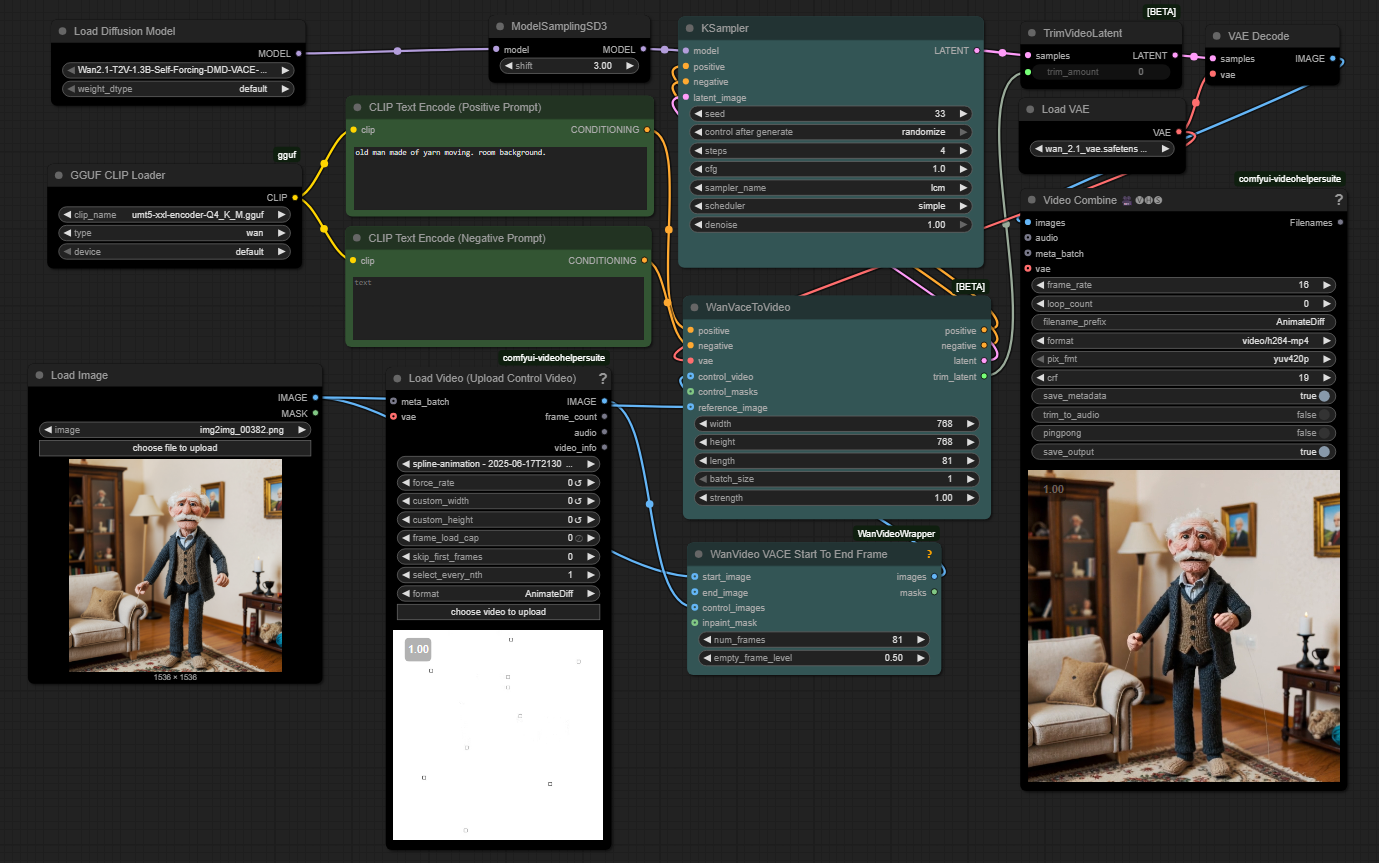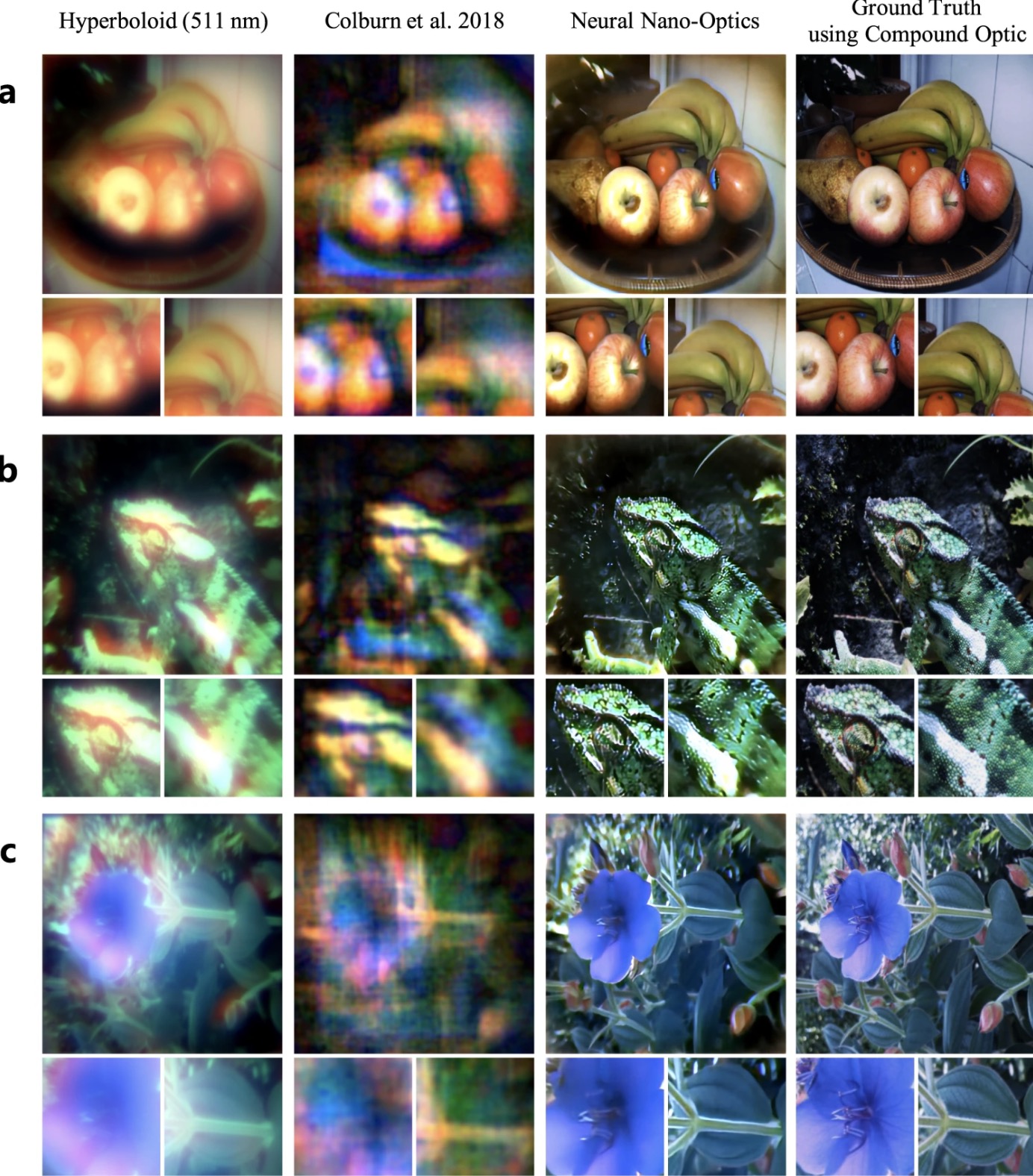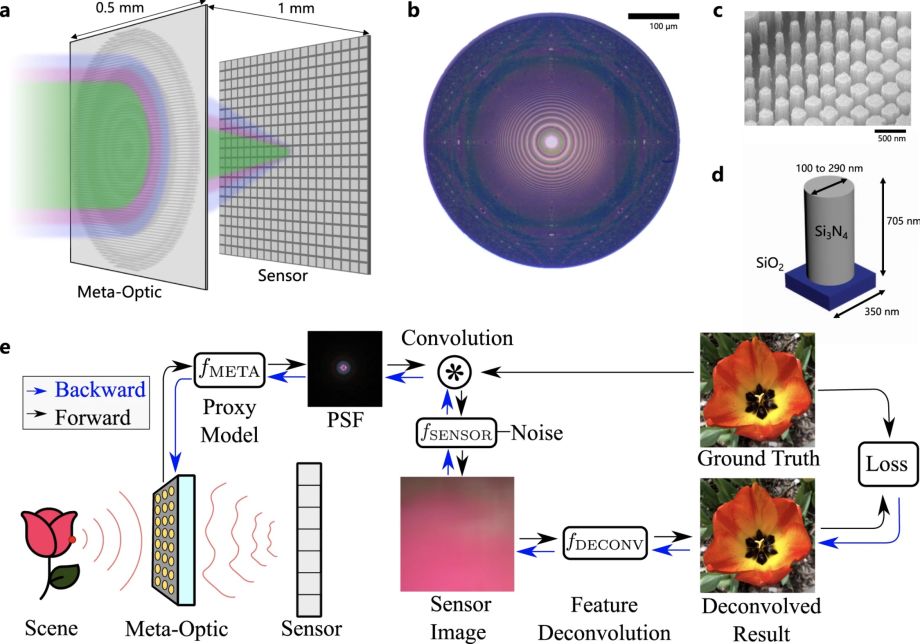BREAKING NEWS
LATEST POSTS
-
Why Streaming Content Could Be Hollywood’s Final Act
https://www.forbes.com/sites/carolinereid/2024/10/24/why-streaming-could-be-hollywoods-final-act/
The future of Hollywood was reshaped in 1997 with the founding of Netflix, an innovative mail-order DVD rental business by Reed Hastings and Marc Randolph. Unlike traditional rentals, Netflix allowed subscribers to retain DVDs as long as they wanted but required returns before ordering more, allowing the company to collect uninterrupted subscription fees. By 2009, Netflix was shipping nearly a billion DVDs annually but had already set its sights on streaming. The transition to streaming, launched in 2007, faced initial challenges due to limited broadband availability but soon became popular, outpacing the DVD business and bringing Netflix millions of subscribers.
Netflix’s dominance drove traditional media giants to reevaluate their strategies. Disney, initially hesitant, eventually licensed its vast library to Netflix, contributing to the latter’s rise. However, by 2017, Disney pivoted to launch its own platform, Disney+, breaking its Netflix partnership and acquiring 21st Century Fox for content diversification. Disney’s decision sparked a broader industry shift as other studios also developed streaming services, aiming to retain full revenue from direct-to-consumer content instead of sharing it with theaters or traditional networks.
Disney+ quickly gained traction, especially during the pandemic, reaching millions of subscribers and temporarily boosting Disney’s stock. However, the reliance on streaming and subscriber growth strained Disney financially, with high operating costs and content expenses. Content exclusivity backfired, creating complexity for fans, particularly with interconnected Marvel shows, and contributing to user dissatisfaction. Additionally, Disney’s decision to release films like Black Widow simultaneously in theaters and on streaming led to backlash, lawsuits, and lost box office revenue, highlighting the downsides of simultaneous releases.
Facing ballooning expenses and subscriber attrition post-pandemic, Disney’s leadership returned to more traditional revenue models, emphasizing exclusive theater releases and licensing content to third parties. They also introduced cost-saving measures like job cuts and content reductions to stabilize financial losses. This shift echoes a partial return to pre-streaming industry norms as Disney and other studios explore “always-on” channels within their streaming platforms, aiming to balance direct consumer access with sustainable profit models.
-
Björn Ottosson – OKlch color space
Björn Ottosson proposed OKlch in 2020 to create a color space that can closely mimic how color is perceived by the human eye, predicting perceived lightness, chroma, and hue.
The OK in OKLCH stands for Optimal Color.
- L: Lightness (the perceived brightness of the color)
- C: Chroma (the intensity or saturation of the color)
- H: Hue (the actual color, such as red, blue, green, etc.)

Also read:
-
Motionity – The free, open source web-based motion graphics editor for everyone
https://www.producthunt.com/products/motionity
Motionity is an free and open source animation editor in the web. It’s a mix of After Effects and Canva, with powerful features like keyframing, masking, filters, and more, and integrations to browse for assets to easily drag and drop into your video.
-
Open Shading Language (OSL) by Larry Gritz
Open Shading Language (OSL) is a small but rich language for programmable shading in advanced renderers and other applications, ideal for describing materials, lights, displacement, and pattern generation.
https://open-shading-language.readthedocs.io/en/main/
https://github.com/AcademySoftwareFoundation/OpenShadingLanguage
https://github.com/sambler/osl-shaders
Learn OSL in a few minutes
https://learnxinyminutes.com/docs/osl/
FEATURED POSTS
-
Pika.art – an AI for creating videos from stills
“It converts simple text instructions into captivating videos, in seconds.
The story behind this AI is fascinating: A team of four engineers, led by Demi Guo and Chenlin Meng, was born with a clear vision: to transform video creation.
After raising $55 million, Pika Labs initially focused on Japanese anime-style animations before expanding into 3D animation”
-
WhatDreamsCost Spline-Path-Control – Create motion controls for ComfyUI
https://github.com/WhatDreamsCost/Spline-Path-Control
https://whatdreamscost.github.io/Spline-Path-Control/
https://github.com/WhatDreamsCost/Spline-Path-Control/tree/main/example_workflows
Spline Path Control is a simple tool designed to make it easy to create motion controls. It allows you to create and animate shapes that follow splines, and then export the result as a
.webmvideo file.
This project was created to simplify the process of generating control videos for tools like VACE. Use it to control the motion of anything (camera movement, objects, humans etc) all without extra prompting.- Multi-Spline Editing: Create multiple, independent spline paths
- Easy To Use Controls: Quickly edit splines and points
- Full Control of Splines and Shapes:
- Start Frame: Set a delay before a spline’s animation begins.
- Duration: Control the speed of the shape along its path.
- Easing: Apply
Linear,Ease-in,Ease-out, andEase-in-outfunctions for smooth acceleration and deceleration. - Tension: Adjust the “curviness” of the spline path.
- Shape Customization: Change the shape (circle, square, triangle), size, fill color, and border.
- Reference Images: Drag and drop or upload a background image to trace paths over an existing image.
- WebM Export: Export your animation with a white background, perfect for use as a control video in VACE.









